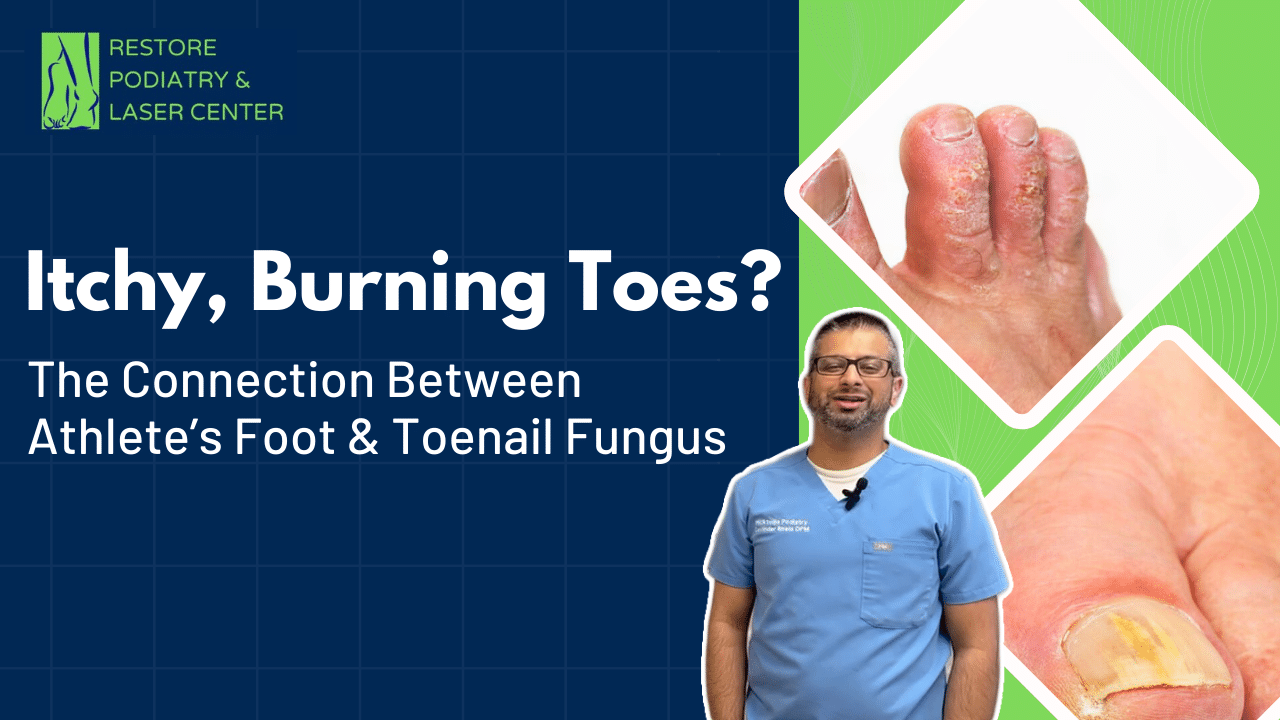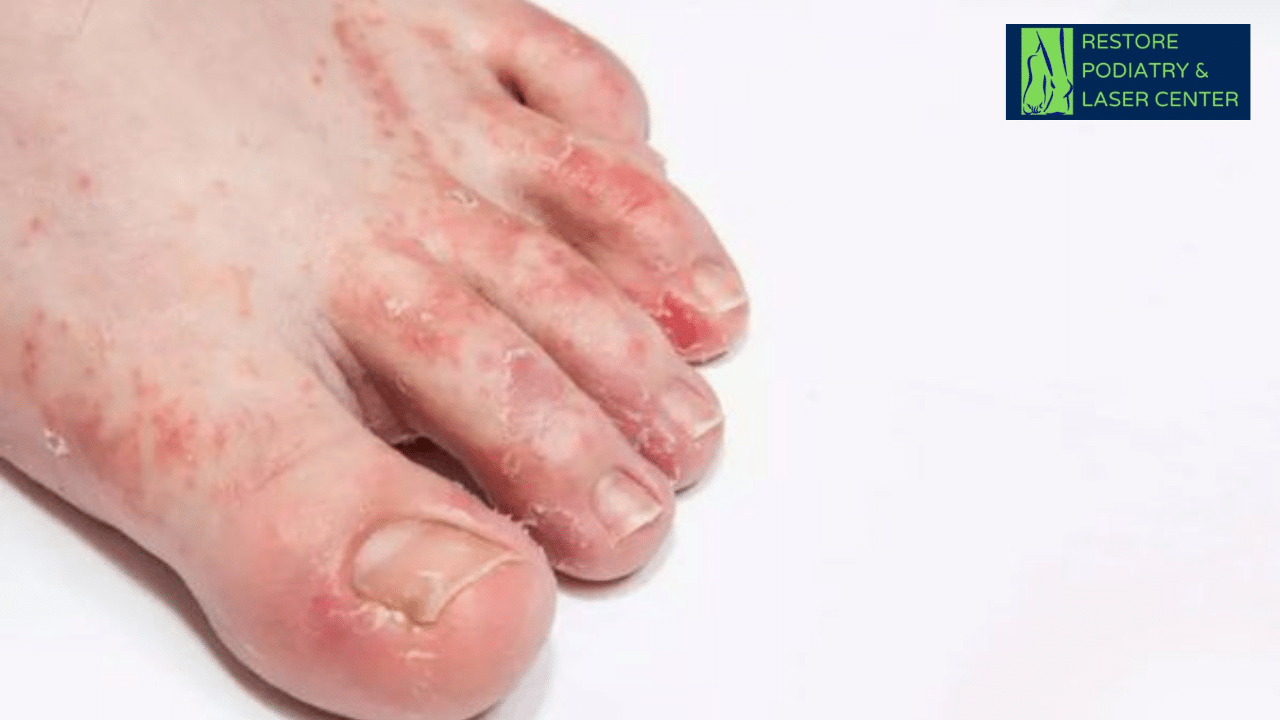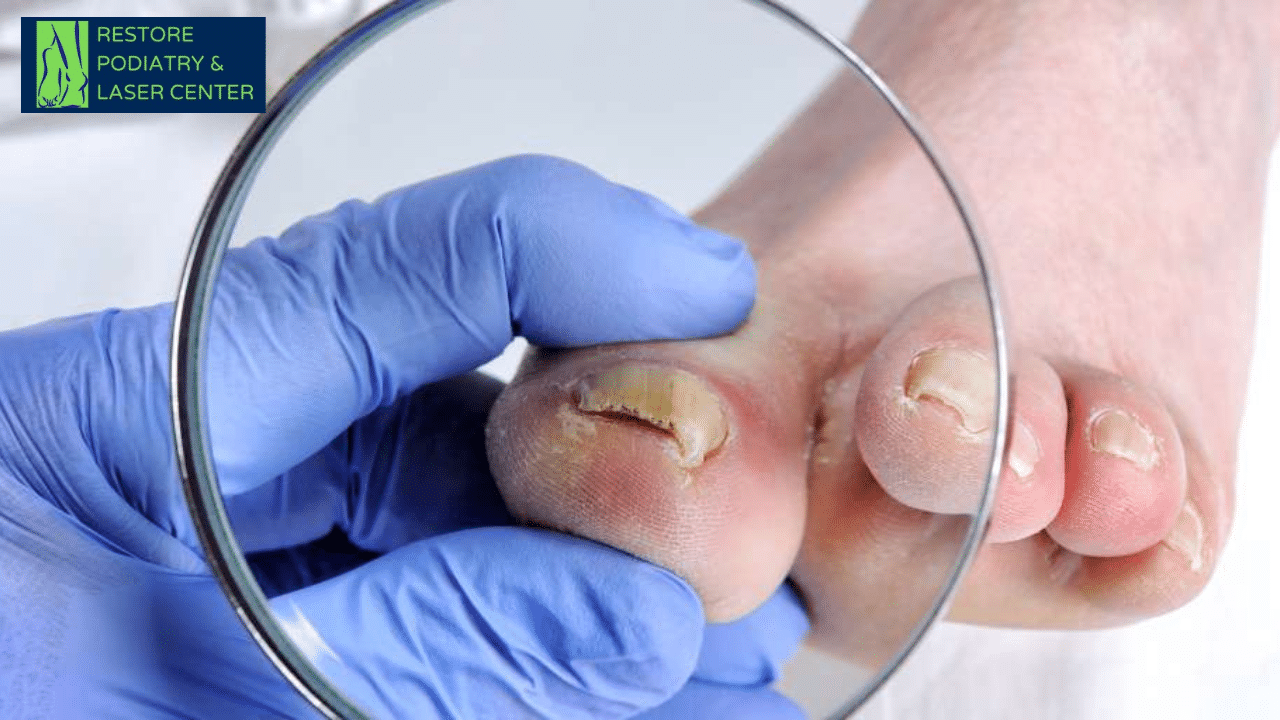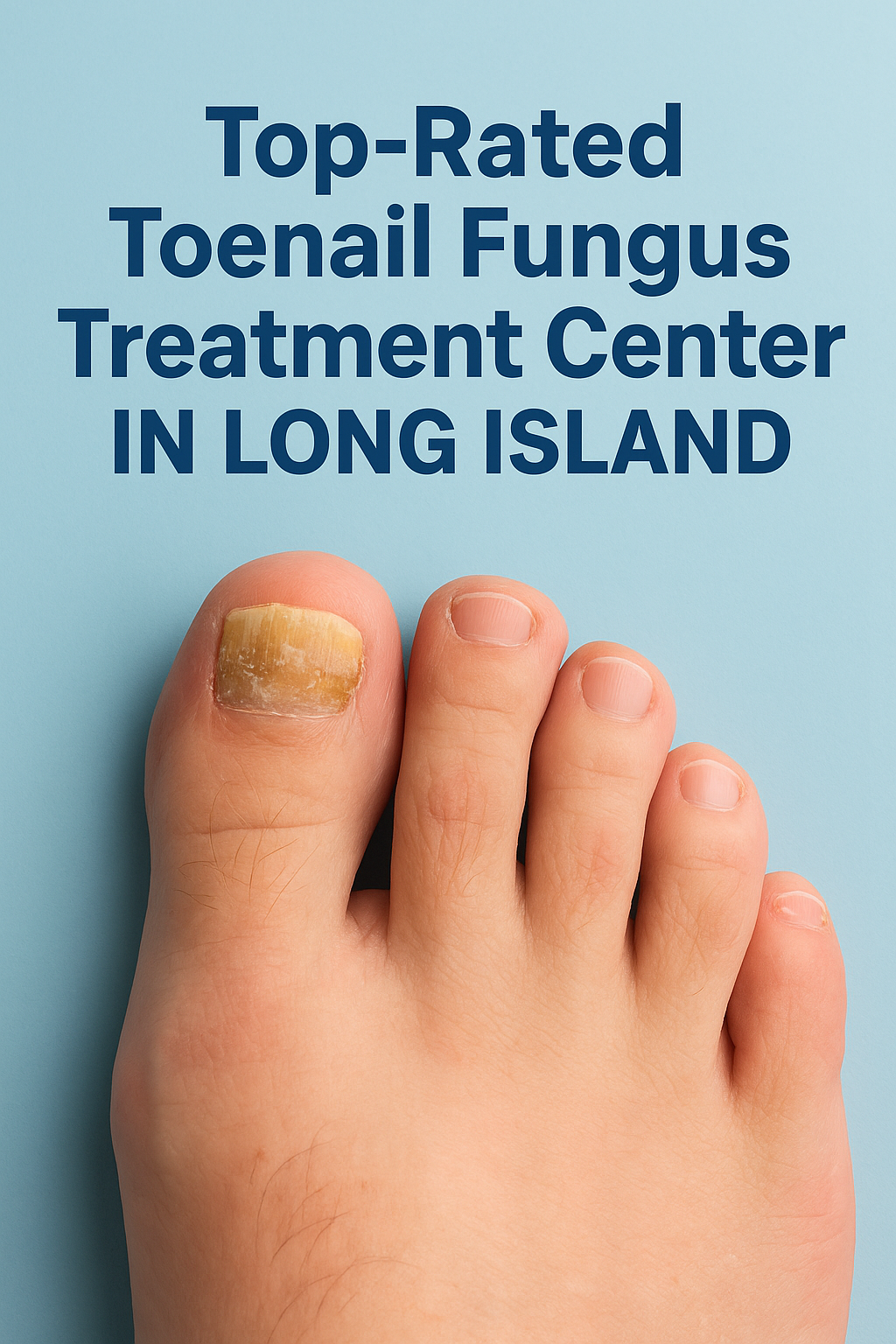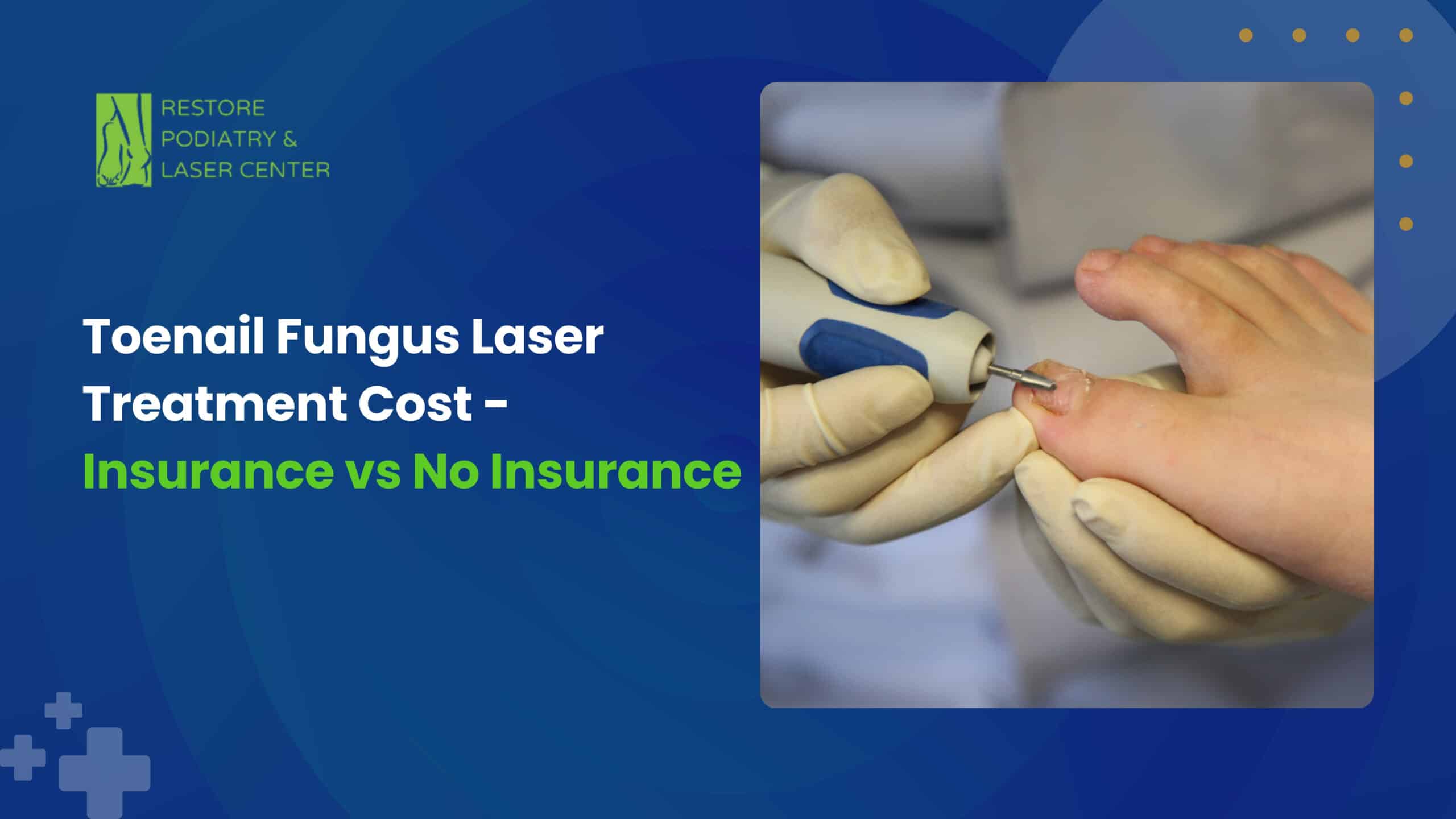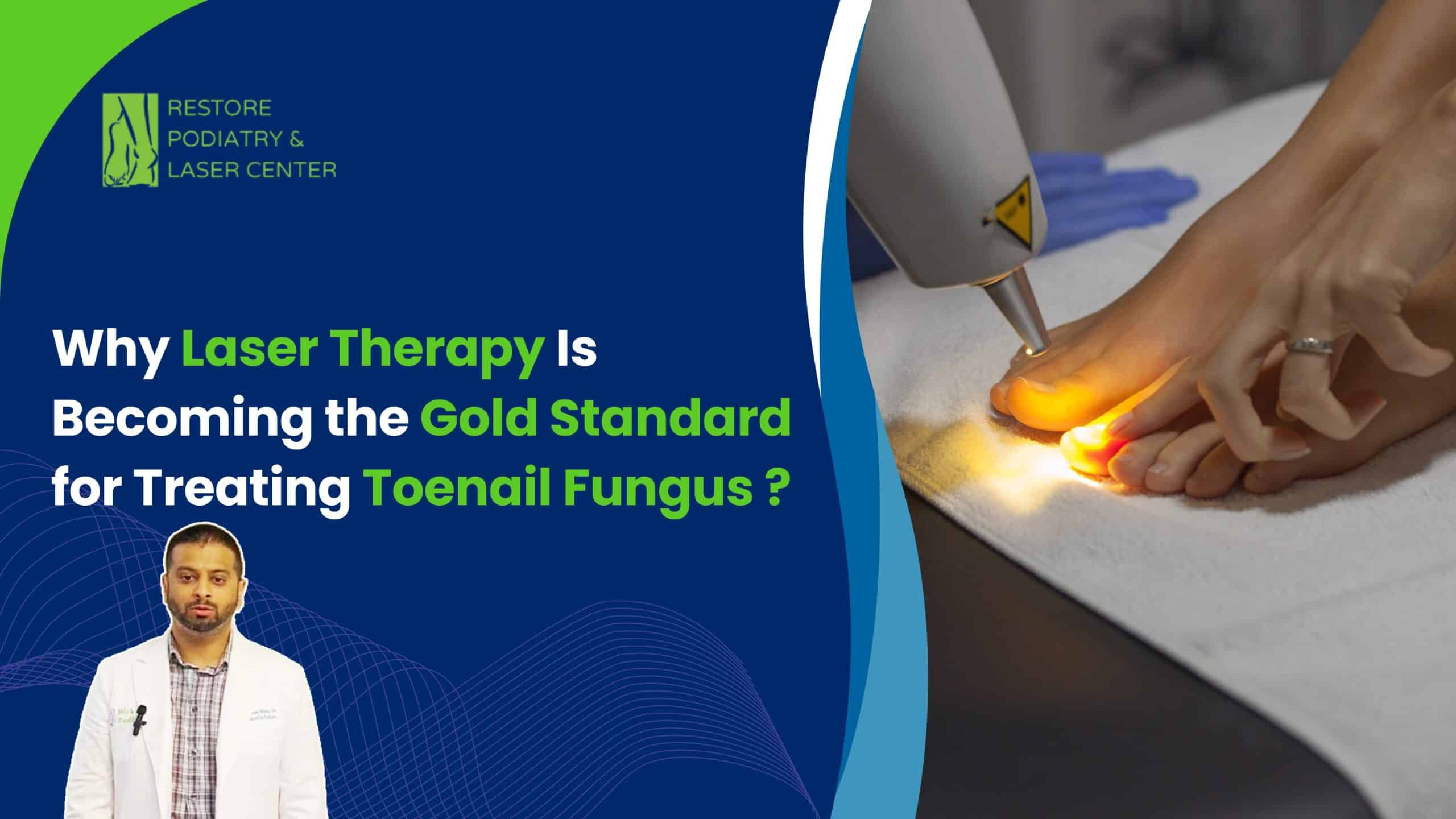- Itching and burning between the toes
- Red, scaly skin that may crack
- Blisters filled with fluid
- Peeling or flaking skin
- Unpleasant foot odor
Athlete’s foot spreads through direct contact with infected surfaces, like locker room floors, showers, and shared shoes.

